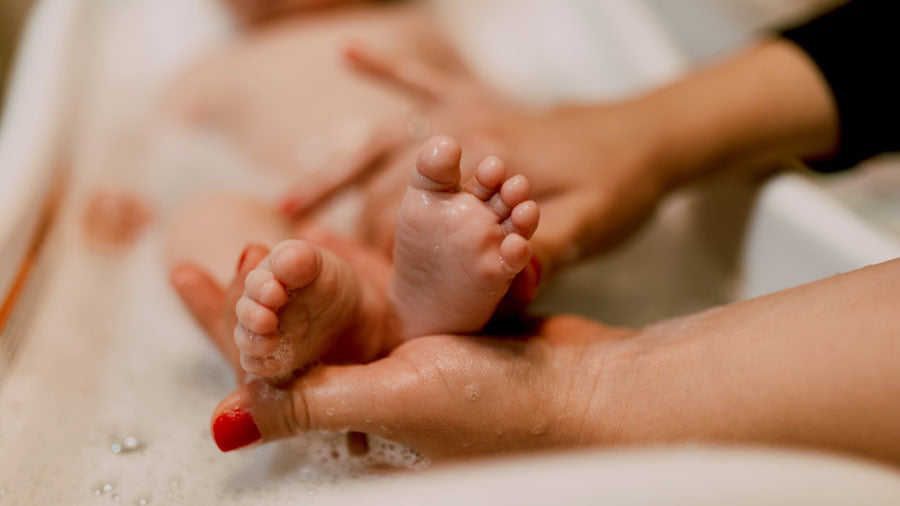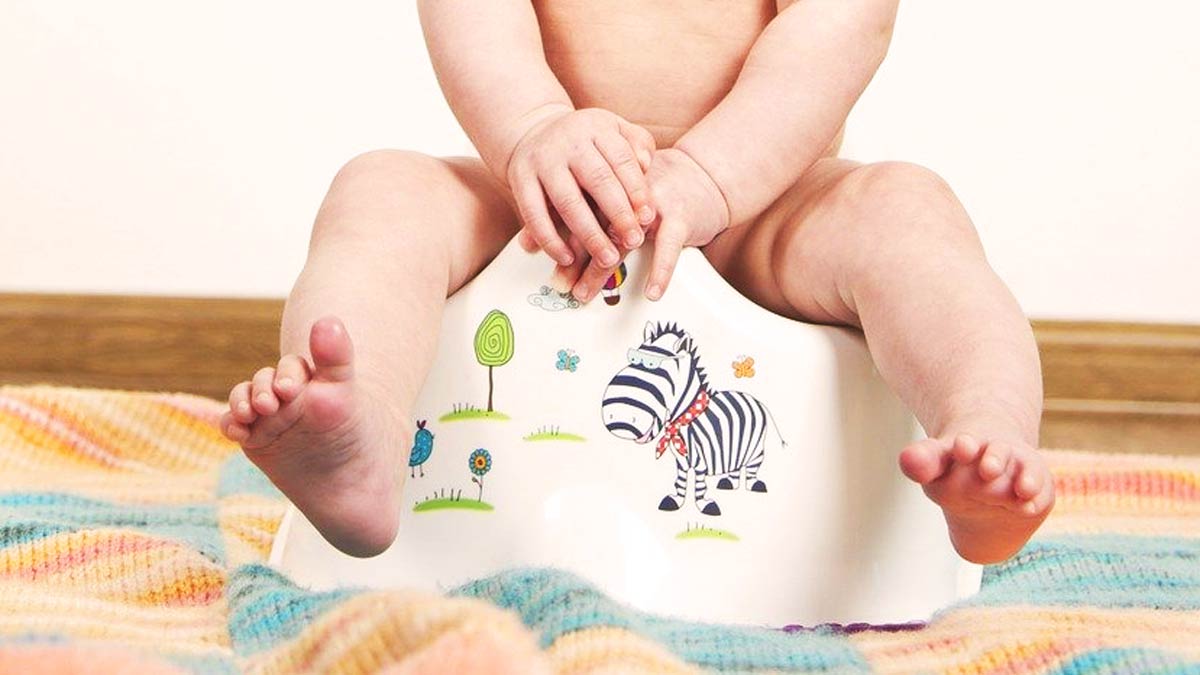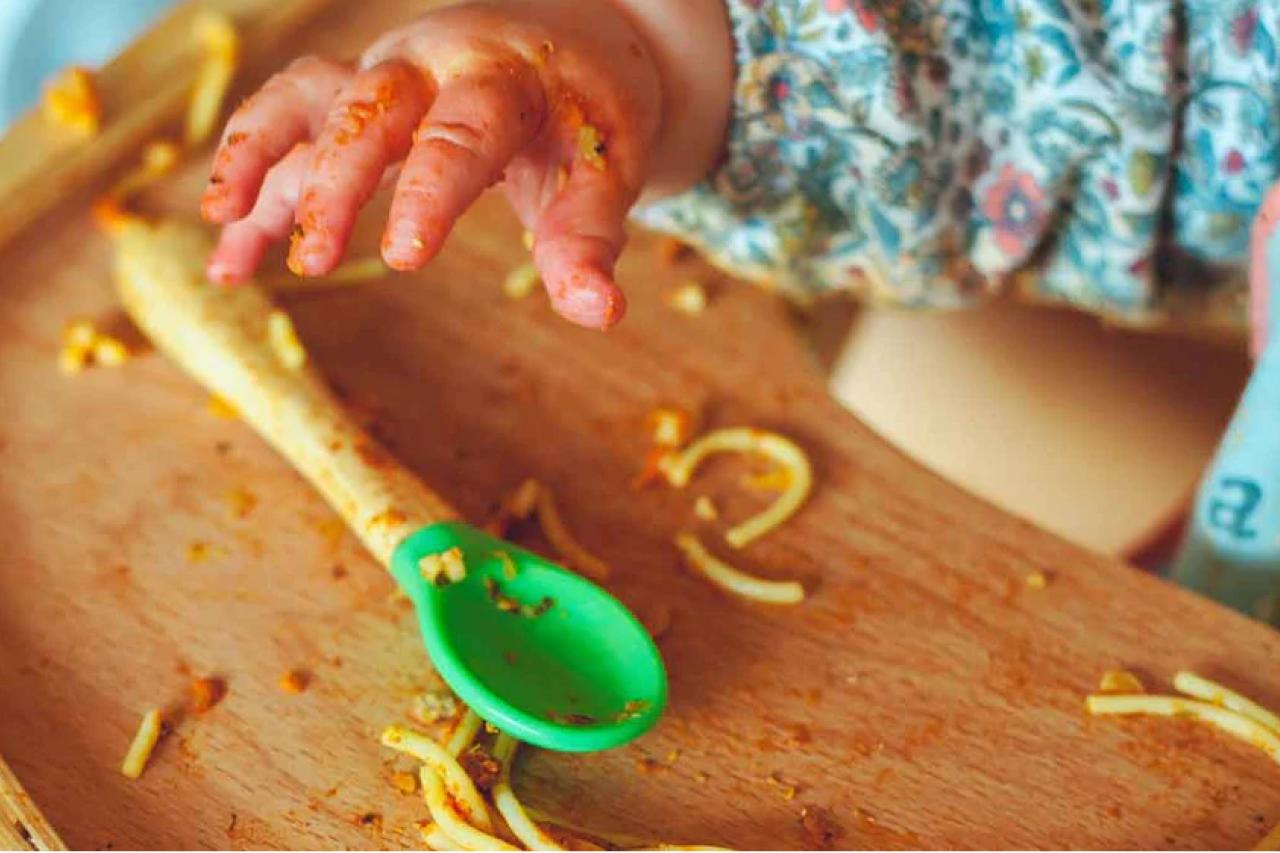
The Complete Bubble Bath Guide for Babies & Kids
Written by Tenley Haraldson. Medically reviewed by Board-Certified Dermatologist Dr. Julie Jackson, MD, FAAD.
With rich foam and their favorite toys, most kids have a blast during bath time. But as a parent, you probably want to know when you can use bubble bath on your baby and how to find the right product for children with sensitivities and allergies.
With the help of Dr. Julie Jackson, MD, FAAD, here's what you need to know when it comes to finding – and using – the best baby bubble bath.
First up, Does Bubble Bath Clean You?

Absolutely! Not only are bath suds great for cleansing the body, but they also add a lot of fun! In fact, the coconut-based cleansers in our 98.75% natural Baby Bubble Bath gently remove grime and dirt while nourishing sensitive skin.
When Can I Use Bubble Bath on My Baby?
According to childcare experts, baby bubblebaths really aren’t necessary for newborns. Since infants are already born with a waxy barrier (called the vernix caseosa), you won’t need to use anything except warm water for the first few months.
Around 1-2 months old, a small amount of unperfumed shampoo and body wash can be used to gently cleanse hair and between skin folds. You won't need a foaming bath for two reasons: They're not old enough to be entertained by the bubbles and you’re doing all of the work while they sit in a supportive baby bath!

When your baby starts recognizing bubbles and is able to sit up on their own, bubble baths can be an incredible sensory experience. To avoid urinary tract infections and skin reactions, choose unscented bubble baths that are also formulated for sensitive skin.
For toddlers and older kids, bubble baths are generally fine, assuming that the product is formulated with gentle ingredients and no synthetic perfumes.
Disclaimer: No matter how “shallow” the water level is, infants and small children should never be left unattended during bath time.
How Long Should Kids Be in the Bathtub?

One night, they might be happy to play in the tub until it’s time to get out. The next time, they might be screaming before you even turn the water on. Bath sessions can really vary, but for children with eczema or sensitive skin, it's best to limit bathtime to 10-15 minutes.
"Use lukewarm (not hot) water, avoid scrubbing skin, and choose gentle, pH-balanced cleansers instead of harsh soaps. Pat skin dry, then apply an organic lotion immediately after tub time to lock in moisture.”
How Do I Get Soap out of My Baby's Eyes?

For many baby soaps and shampoos, it's recommended to tilt your child's head to the side and pour fresh water from a water bottle. Repeat with the other eye if necessary. However, some parents prefer using a clean, wet washcloth to gently wipe eyes until the soap is gone.
Choose Truly Tear-Free Products
To keep this from happening in the first place, reach for extra-gentle baby products. Even though Puracy formulas won't cause tears and pain like most products, babies won't be thrilled when any soap gets in their eyes. Simply use the washcloth method (previously mentioned) and carry on with tub time!
4 Bubble Bath Ingredients to Avoid

According to the National Eczema Association, many baby care products contain harsh ingredients that can cause irritation, redness, burning, itching, and allergic reactions. These can include (but aren’t limited to):
1. Artificial Fragrances

Artificial fragrances can contain hundreds of separate chemicals. Over 30% of Americans experience irritation from scented products, ranging from sneezing, dizziness, concentration issues, rashes, hives, and contact dermatitis. This is far more prevalent in populations with asthma and chemical sensitivities. Thanks to “trade secret” confidentiality, the FDA doesn’t require manufacturers to list fragrance ingredients (except color additives).
Fun Fact: Puracy only uses plant-based essential oils to delicately scent our products.
2. Phthalates

Many manufacturers use phthalates to preserve synthetic fragrances and bind ingredients together. However, phthalates have suspected links to a wide variety of health and developmental conditions including:
- Child asthma
- Behavioral disorders
- Weight issues/obesity in young females
- Early onset puberty
- Male reproductive issues
3. Sulfates
In personal care products, sulfates (e.g. SLS, SLES) are inexpensive effective detergents that help to create that “perfect lather.” Unfortunately, sulfates in personal care products can strip away the skin’s natural moisture.
What’s more, SLS concentrations over 2% are known to cause skin irritation – especially in people with sensitivities. Household cleaning products typically range anywhere between 1% and 30%, and those concentrations can be even higher in personal care products.

4. Formaldehyde & Formaldehyde Releasers
While one would hope that known carcinogens wouldn't be used in baby products, formaldehyde can often be found as a preservative and antibacterial ingredient. It’s therefore wise to avoid the following ingredients:
- Formalin
- Formic aldehyde
- Methanediol
- Methanal
- Methyl aldehyde
- Methylene glycol
- Methylene oxide
Even if formaldehyde isn’t used in a formula, multiple chemical combinations can still release formaldehyde. It’s therefore recommended to avoid products that use:
- quaternium-15
- diazolidinyl urea
- DMDM hydantoin
- imidazolidinyl urea
Discover Why Puracy Makes the Best Baby Bubble Bath

No matter how old your child is, bath time should be a happy experience for everyone involved. Thanks to its 98.75% natural ingredients, Puracy Baby Bubble Bath's luxurious foam, tear-free formula, and delicate scent of lavender and vanilla ensures a gentle clean you can count on.


























